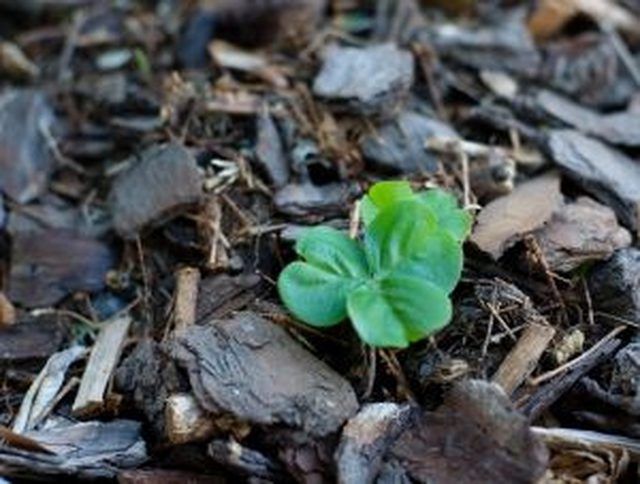Bulbs
Flower Basics
Flower Beds & Specialty Gardens
Flower Garden
Garden Furniture
Garden Gnomes
Garden Seeds
Garden Sheds
Garden Statues
Garden Tools & Supplies
Gardening Basics
Green & Organic
Groundcovers & Vines
Growing Annuals
Growing Basil
Growing Beans
Growing Berries
Growing Blueberries
Growing Cactus
Growing Corn
Growing Cotton
Growing Edibles
Growing Flowers
Growing Garlic
Growing Grapes
Growing Grass
Growing Herbs
Growing Jasmine
Growing Mint
Growing Mushrooms
Orchids
Growing Peanuts
Growing Perennials
Growing Plants
Growing Rosemary
Growing Roses
Growing Strawberries
Growing Sunflowers
Growing Thyme
Growing Tomatoes
Growing Tulips
Growing Vegetables
Herb Basics
Herb Garden
Indoor Growing
Landscaping Basics
Landscaping Patios
Landscaping Plants
Landscaping Shrubs
Landscaping Trees
Landscaping Walks & Pathways
Lawn Basics
Lawn Maintenance
Lawn Mowers
Lawn Ornaments
Lawn Planting
Lawn Tools
Outdoor Growing
Overall Landscape Planning
Pests, Weeds & Problems
Plant Basics
Rock Garden
Rose Garden
Shrubs
Soil
Specialty Gardens
Trees
Vegetable Garden
Yard Maintenance
How to Make Willow Water to Help Root Growth
How to Make Willow Water to Help Root Growth. Gardeners who propagate plants through cuttings know how difficult it can be to get the new plants to root. Instead of expensive store-bought chemicals, many use willow water to facilitate root growth on cuttings from their favorite plants. Willow water is all natural and easy to make.

Gardeners who propagate plants through cuttings know how difficult it can be to get the new plants to root. Instead of expensive store-bought chemicals, many use willow water to facilitate root growth on cuttings from their favorite plants. Willow water is all natural and easy to make.
Things You'll Need
Willow tree
Garden shears or scissors
Pot of boiling water
Sieve or colander
Plant cuttings
Create Willow Water to Grow New Plant Roots
Gather willow branches directly from the tree by clipping them off with a sharp pair of scissors or garden shears. Each twig should be less than half an inch in diameter. You may use fallen branches if they are very fresh.
Strip all the leaves off the willow branches and discard them. Cut each branch into small pieces a couple of inches long. The shorter the pieces, the more auxin (the hormone that encourages root growth) will leach out of the wood to help stimulate root growth on your plant clippings.
Boil a pot of water on the stove. The amount should be enough to thoroughly cover all of the willow branch cuttings. Pour the water over the willow branch cuttings and allow this to sit overnight. This gives enough time for the maximum amount of rooting hormone to get into the water.
Position the colander or sieve over another pot in the sink and pour the willow water and willow sticks through it. Discard the willow branches or use them in your compost bin outside. Save the willow water in an air-tight bottle or jar.
Dip plant cuttings into the willow water and let them soak there for a couple of hours for maximum effectiveness. Do not put the leaves in the willow water, just the stem bottoms. After soaking, take them out and stick them in planting pots of soil. Care for them according to the water and light requirements of that particular type of plant.
Tips & Warnings
Willow water can also be used to pour over seedlings to encourage a strong root system.